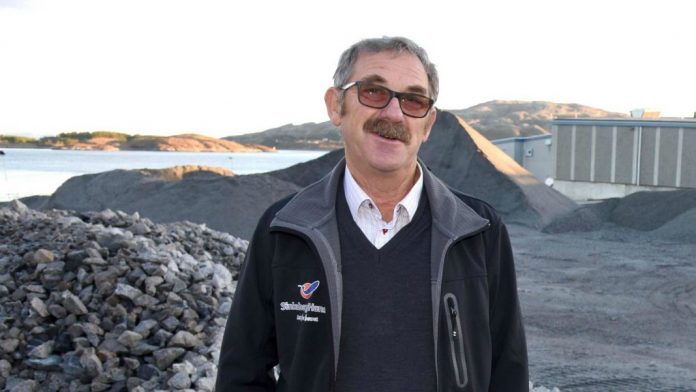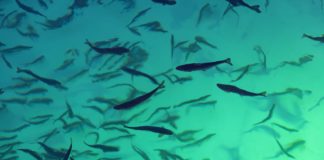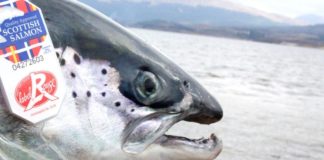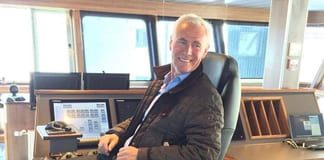Fish-farmer SinkabergHansen is sticking with the hosing system.
SinkabergHansen’s Managing Director Finn Sinkaberg, is preparing himself for an autumn under greater pressure from lice than was the case last year.
A scorching hot summer this year periodically heated up sea temperatures, subsequently resulting in more lice. But if we are to believe the central Norway-based Sinkaberg, it’s not as dramatic as it sounds.
Harvested half a generation in 2017
“Production has been normal, and actually pretty good so far. But we reckon this situation could well change at some stage,” Sinkaberg told SalmonBusiness, adding that lice numbers are up from last year.
In 2017 however, they had far less fish in the sea at this time. Slaughtering of stock due to PD had dreadful consequences, and operating profit was more than halved from EUR 20.5 million to EUR 9.2 million.
“We were infected with PD and subsequently found it necessary to slaughter half a generation. So last year was somewhat unusual, with not many fish in the sea,” said Sinkaberg.
Difficult to totally beat lice
In order to stay below the lice limit, SinkabergHansen employs the hosing system, and keeps well away from medicines, chemicals and other devices such as thermal treatment.
“De-lousing with fresh water is a method that is neither simple nor particularly worthwhile to use. It takes several days to complete the de-lousing, so it’s not a very good solution,” he said.
“We have to be better amongst other things at laying sites fallow and zonal structure. Once the lice appear, it’s difficult to get totally rid of them,” he said, “the solution to the problem will lie in how we approach production.”
SinkabergHansen is expanding smolt capacity at the smolt production plant of its subsidiary Bindalsmolt; a crucial move in safeguarding against lice.
“We must look closely at the way we produce and take the appropriate measures to solve the problem, including that the fish must have a shorter period in the sea cages,” he said.










